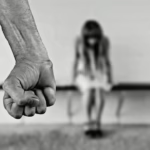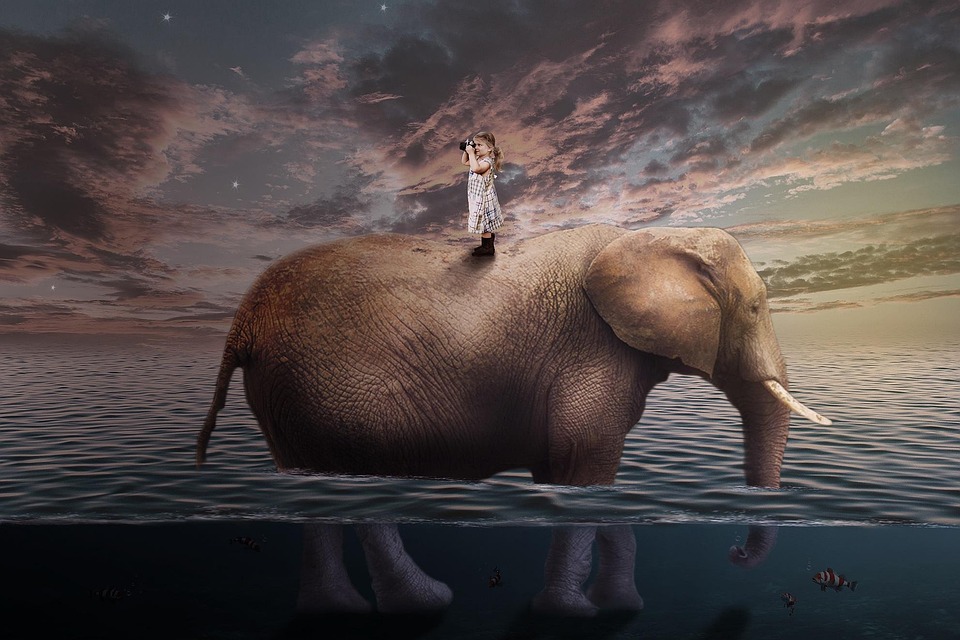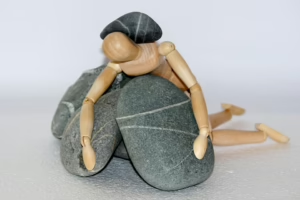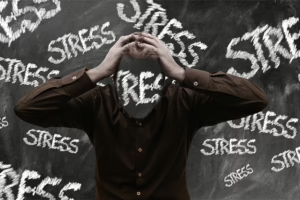The Psychology of Color: How Hues Influence Our Emotions
Colors are more than mere visual stimuli; they are powerful influencers of our emotions, behaviors, and even decision-making processes. The study of color psychology examines how different hues evoke various psychological responses, playing a crucial role in branding, design, marketing, and even our personal lives. This article explores the psychological implications of color and how these hues can shape our emotions.
The Basics of Color Psychology
Color psychology is a field that investigates how colors affect human mood and behavior. Although individual perceptions of color can be subjective, empirical studies and cultural associations have identified common emotional responses to specific colors. Here’s a closer look at how various colors are typically perceived:
1. Red: Energy and Passion
- Emotional Impact: Red is often associated with strong emotions such as love, anger, and excitement. It can raise blood pressure and stimulate the senses, making it a color that grabs attention.
- Applications: Brands like Coca-Cola and Target use red to evoke urgency and attract consumers.
2. Blue: Trust and Calm
- Emotional Impact: Blue tends to have a calming effect, often related to feelings of tranquility and peace. It can symbolize trust, dependability, and reliability, making it a favored choice for professional environments.
- Applications: Banks and financial institutions frequently adopt blue in their branding to instill confidence.
3. Yellow: Optimism and Cheerfulness
- Emotional Impact: Yellow is associated with joy and positivity. It can capture attention and stimulate feelings of happiness, though overuse may lead to feelings of frustration.
- Applications: Brands like McDonald’s use yellow to create a cheerful and inviting atmosphere.
4. Green: Growth and Harmony
- Emotional Impact: Green often represents nature, growth, and renewal. It evokes feelings of balance, peace, and fertility, and can be calming to the eye.
- Applications: Eco-friendly brands frequently utilize green to symbolize sustainability and environmental awareness.
5. Purple: Creativity and Luxury
- Emotional Impact: Purple is often linked to luxury, creativity, and spirituality. It can inspire originality and imagination, making it a popular choice in artistic contexts.
- Applications: High-end brands often incorporate purple to convey a sense of opulence and exclusivity.
6. Black: Authority and Sophistication
- Emotional Impact: Black can signify sophistication, elegance, and authority. However, it can also evoke feelings of mystery or negativity, depending on the context.
- Applications: Many luxury brands utilize black in their packaging and branding to convey exclusivity.
7. White: Purity and Simplicity
- Emotional Impact: White is often associated with cleanliness, simplicity, and purity. It promotes clarity and can create a sense of space.
- Applications: Healthcare brands frequently use white to symbolize cleanliness and professionalism.
Cultural Influences on Color Perception
While the aforementioned associations are common, it’s essential to note that cultural contexts can significantly influence how colors are perceived. For example, while white symbolizes purity and new beginnings in many Western cultures, it is often associated with mourning in some Eastern cultures. Such cultural nuances underline the importance of context in color psychology.
Cultural Variations
The emotional meanings ascribed to colors can differ widely across cultures, reiterating the importance of understanding your audience:
- Red in Asia: In many Asian cultures, red symbolizes good luck and prosperity, making it a popular choice for celebrations like weddings.
- Blue in Middle Eastern Cultures: Often associated with protection and spirituality, blue is frequently used in traditional architecture.
- Green in Islam: Green holds special significance in Islam, representing paradise and eternal life.
Understanding these cultural implications can enhance marketing strategies and strengthen brand messaging across diverse markets.
The Effects of Color in Different Environments
Colors have the power to influence mood and productivity in various settings, from workplaces to homes:
Workplaces
Cool colors like blue can enhance focus and encourage productivity, while warmer colors can stimulate creativity. Choosing the right colors for office spaces can boost employee morale and efficiency. For example, tech companies like Facebook and Twitter have embraced blue tones in their branding and office designs to encourage creativity and comfort.
Healthcare
In healthcare settings, soft and muted colors can create a soothing atmosphere for patients, reducing anxiety and promoting healing. Studies show that colors like soft greens and blues in hospitals lead to lower anxiety levels among patients, fostering a tranquil environment conducive to recovery.
Marketing and Retail
Color plays a significant role in attracting customers and influencing their purchasing decisions. Retailers often choose colors that align with their brand identity and the emotions they wish to evoke in their customers. For instance, fast-food brands often employ red and yellow to stimulate appetite and promote quick decisions, encouraging a higher turnover of customers.
The Science Behind Color Perception
The impact of color is not merely psychological; it also has biological and neurological underpinnings. Research suggests that colors can trigger specific physiological reactions in the human body, impacting mood and even physical performance.
The Brain and Color
The human brain processes color through specialized cells in the retina called cones, which detect different wavelengths associated with each hue. This complex system allows colors to evoke emotional responses. For instance, studies conducted with participants under different colored lighting showed variations in heart rate and stress levels, highlighting the physiological effects colors can have.
Application in Product Design
Understanding the psychological effects of color can greatly enhance product design. Companies often invest in color research to find out which hues resonate most effectively with their target demographic. For example, tech gadgets are frequently designed in sleek black or metallic tones to convey sophistication and modernity, appealing to professional audiences.
Personal Experiences and Color Preferences
People often have unique emotional associations with colors based on their personal experiences. For instance, someone who grew up in a home with bright yellow walls may have a strong affinity for that color, associating it with warmth and comfort. Conversely, someone who experienced anger in a red environment may develop an aversion to that color.
The Role of Memory
Memory plays a crucial role in how we perceive color. Studies have shown that people often recall emotional events more vividly when they’re associated with specific colors. This connection can influence choices in everything from clothing to home decor.
Conclusion
The psychology of color is a fascinating field that reveals just how deeply colors can influence our emotions and behaviors. Understanding these associations can empower individuals and businesses alike to use color strategically. By harnessing the emotional impact of color, we can create environments that not only cater to our aesthetic preferences but also enhance our psychological well-being and foster positive interactions.
As we continue to navigate a world rich in color, recognizing its potential to affect our emotions and decisions can lead to more informed choices in design, branding, and our everyday lives. Whether you are redecorating your home, designing a website, or simply choosing an outfit, the significance of color should not be overlooked. Exploiting the psychological effects of color can help create more enriching and emotionally resonant experiences.
In sum, colors are powerful tools that can evoke feelings of excitement, calm, and even nostalgia. As we strive to understand the psychology of color, we can leverage its potential to enhance our emotional experiences and foster connections with the world around us.
This article has explored the intricate relationship between color and emotion, offering insights into how we can harness this understanding in various aspects of life. To dive deeper into specific studies and applications in the field, consider exploring [modern_footnote_source_link].


























Add Comment